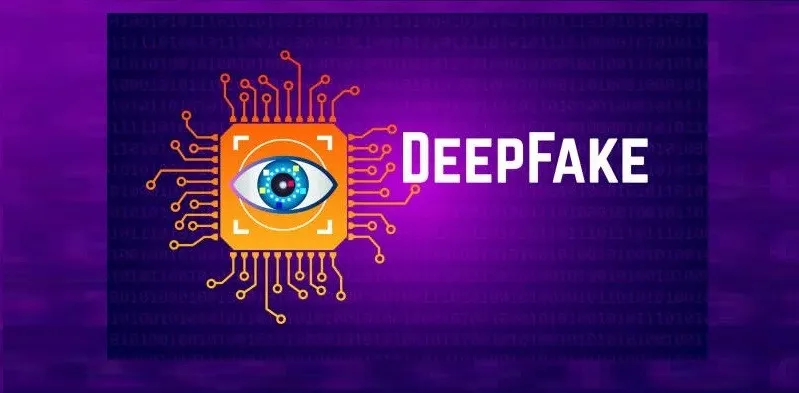The future of deepfakes holds both potential benefits and significant concerns. Deepfakes are computer-generated or manipulated media that convincingly depict individuals doing or saying things they never did. While they have garnered attention for their potential misuse, they also have various applications in entertainment, creative expression, and even research.
Potential Benefits
1. Entertainment: Deepfakes can be used for entertainment purposes, such as creating videos of celebrities or public figures in humorous or satirical situations².
2. Restoration and Enhancement: The technology can be used to restore and enhance old footage. For example, AI was used to restore and bring color to The Beatles in the Disney+ documentary Get Back¹.
3. Personal Use: Services like Overdub created by Descript allow individuals to create deepfakes of their own voices, which can be useful for various personal and business applications¹.
Major Concerns
1. Privacy Invasion: Deepfakes can be used to create pornographic images or videos of real people without their consent, which is a clear invasion of privacy¹.
2. Misinformation: Deepfakes can be used to create fake news or other malicious content, putting words into the mouths of individuals who never said them¹.
3. Trust Erosion: The existence of deepfakes can erode trust in media and institutions, as it becomes harder to discern what is real and what is fabricated⁵.
4. Exploitation: Deepfakes can be used to exploit vulnerable populations by creating fake videos and images that portray them in a negative or harmful light⁴.
It's important to note that while the technology itself is neutral, its use depends on the intentions of the user. As such, it's crucial for society to develop ways to detect and combat malicious uses of deepfakes while also exploring its positive applications.


Post a Comment